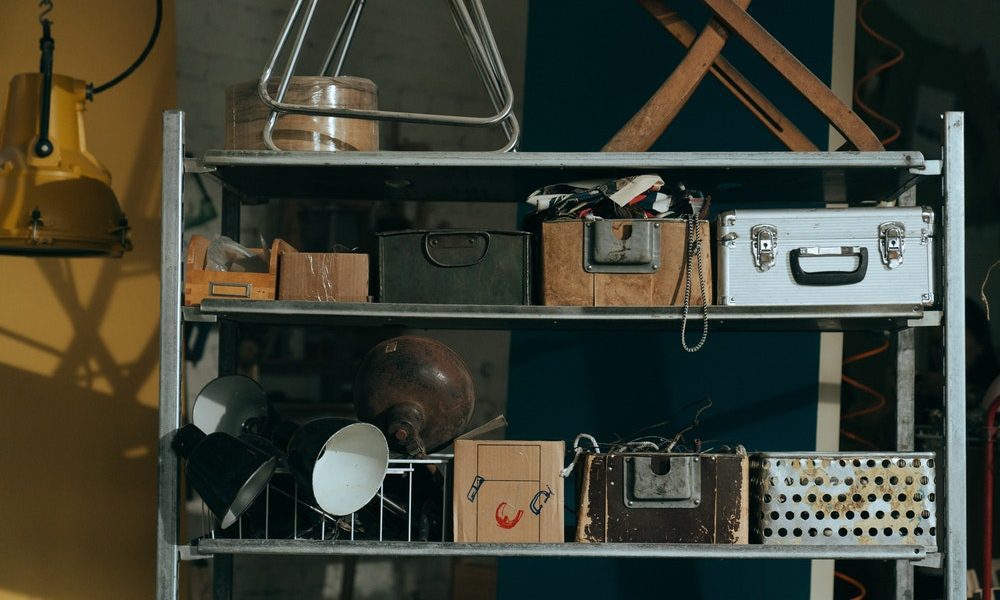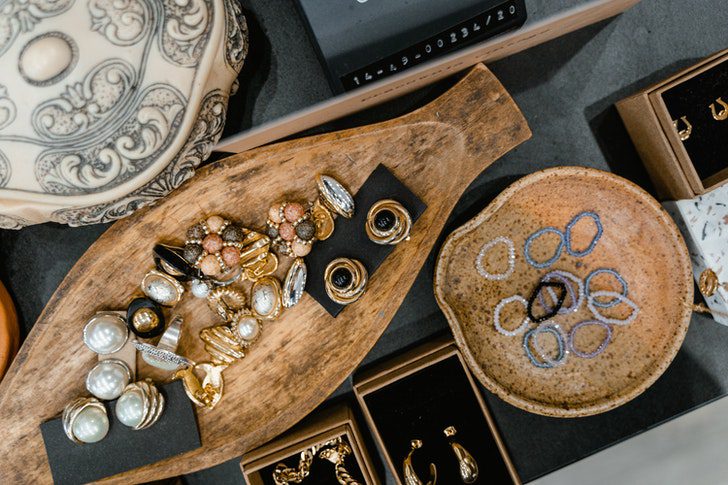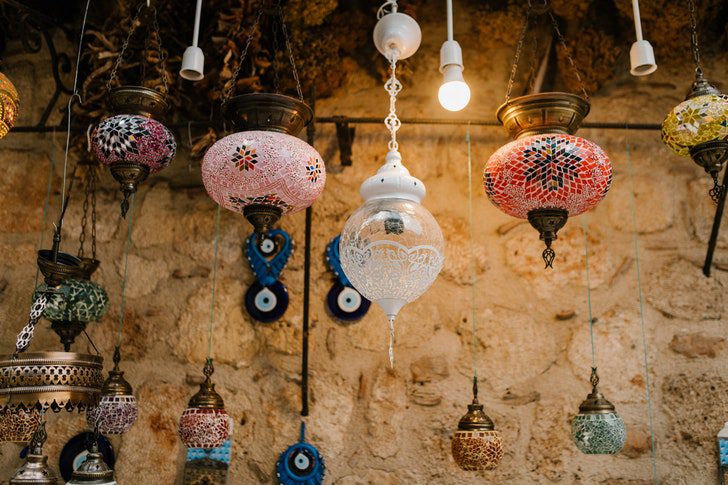
Tips To Know Before Starting An Antique Store

It’s no secret that the second-hand market is booming. With more consumers waking up to the fact that traditional production and retailing, whether it be in the realm of fashion, luxury goods, or cars, all are wreaking environmental havoc, and during this challenging economic climate, people have been more and more inspired to capitalize off their barely-worn threads.
You can, therefore, embark on your journey of opening an antique shop with the knowledge that they’re in good demand. However, before launching your store, you’ll have to carry out market research to ensure this demand holds up in the area, you plan to open your shop, and your business won’t be hindered by nearby competitors.

MART PRODUCTION/ Pexels | A successful antiques business owner can see an income of between $45,000 and $60,000 a year
Here are a few pointers to help you embark on your new journey:
Choosing the perfect product line
The range of an antique shop includes art pieces, home décor accessories like mirrors, candle stands, doorknobs, etc.; furniture, and a host of items that might catch an art collector’s eye. These can be show-stealers in any living room. Apart from individual customers, you can also get bulk orders for home décor or an office project.
Whether you retail your antique artifacts through a high street store or that of a mall, or you set up a temporary counter at a flea market or craft fair, your core business entails procuring new artifacts and then reselling them at a profit. Make sure you hit upon the best sources of procuring the items at the best price point.

MART PRODUCTION/ Pexels | To develop the business plan for your antique shop, the first step is to choose your concept
Writing the business plan for your antique shop.
The business plan is the document with which you will try to attract funding from your bank or potential investors, so you need to make it impeccable. The business plan is the equivalent of a CV for your antique shop: it’s used to present your project to potential investors in a quantified and compelling manner. The business plan is made up of two major components:
- A financial forecast that aims to highlight the expected profitability of the project and the need for initial financing.
- A written part that presents, in detail, your project, the team, your business strategy, and your medium-term objectives.
To run a successful antique business, you must adapt to changing situations. In times of pandemic, many people are shopping online, so you should be able to serve customers with home deliveries and phone orders.
Research your competitors

Julia Volk/ Pexels | Antique items take up the most space in your heart
Visit other antiques and collectibles businesses to learn about their merchandise mix. Note their product mix, like whether they are dealing in products of which century. If you want to sell vintage décor, you should stock your store with items like carpets, home furnishings, period furniture, showpieces, and wall hangings. No business ideas today are entirely original, so, you should know your competition. You should know what options your customers have and then decide on the offering. After understanding the competitive market scenario, you have to develop your edge over others.
More in Business
-
`
How to Become a Property Manager in 6 Easy Steps
So, you are wondering how to become a property manager? If you love real estate and have a knack for organization,...
July 17, 2024 -
`
Everything You Need to Know About Aerobic Threshold
When you start to exercise, you may have wondered, What is an aerobic threshold? This term is key to understanding how...
July 12, 2024 -
`
What Is the Best Time to Visit Yellowstone?
May is the Best Time to Visit Yellowstone First up: May is often considered one of the best times to visit...
July 2, 2024 -
`
Jesse Plemons Opens Up About Being Matt Damon’s Look-Alike Actor
In the realm of Hollywood, resemblances between actors often become a point of intrigue and conversation. For Jesse Plemons, his ongoing...
June 25, 2024 -
`
5 Easy Ways of Making Money By Playing Video Games
Have you ever wondered how to make money playing video games? Imagine turning your favorite pastime into a lucrative side hustle...
June 19, 2024 -
`
What Are the Symptoms of Unbalanced pH Levels in the Body?
Our bodies are designed to maintain a delicate pH balance, ensuring that bodily fluids are neither too acidic nor too alkaline....
June 13, 2024 -
`
Inspiring Female Deep Meaningful Tattoos Ideas
Tattoos have transcended their rebellious roots and become a powerful form of self-expression. For many women, they are more than just...
June 4, 2024 -
`
Taylor Swift’s Breakup Songs: Which Ones Are the Best?
Taylor Swift has an unparalleled gift for capturing the raw emotions of love and loss in her music. Her breakup songs,...
May 29, 2024 -
`
How to Get Rid of Shin Splints? 5+ Effective Ways for Relief
Shin splints can be a real pain—literally. This common overuse injury often affects runners, military recruits, dancers, and athletes who engage...
May 23, 2024















You must be logged in to post a comment Login